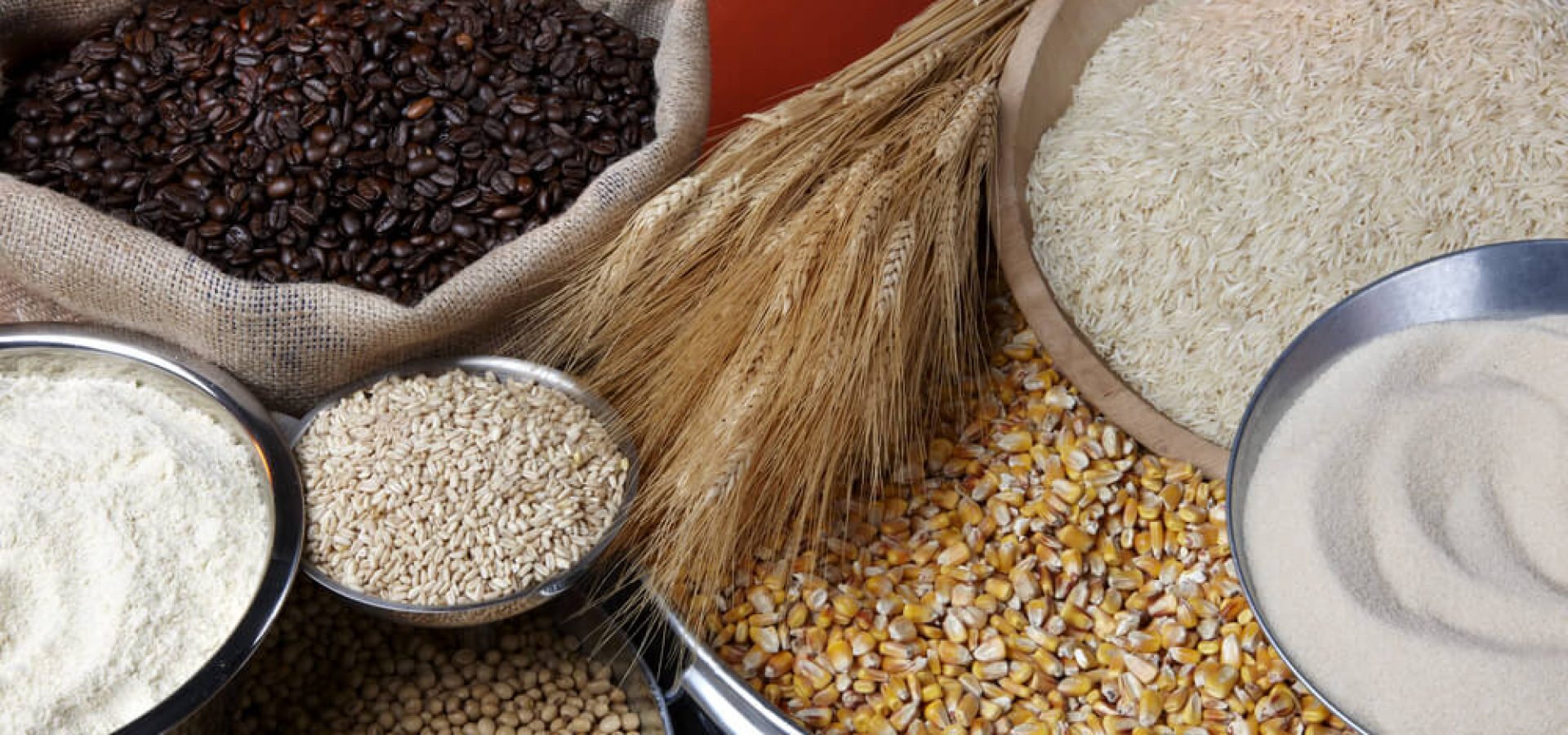Inflation and the rising cost of food have dominated economic conversations in recent times. Consumers in the US and Europe are witnessing soaring prices at supermarkets, prompting concerns about when relief will arrive. However, it is crucial to recognize that food commodities markets are undergoing a significant transformation, marked by increased volatility and shifting dynamics.
The Growing Volatility
Even before Russia invaded Ukraine and the onset of the COVID-19 pandemic, the pressure on food prices was evident. Inflationary trends have affected food commodities, making them more susceptible to market fluctuations. Over time, food prices have generally decreased when considering inflation, despite occasional short-term fluctuations. The real issue lies in the increasing volatility of food commodity prices.
Factors Driving Volatility in Soft Commodities
The rise in volatility can be attributed to several factors. Firstly, the impact of changing weather patterns, natural disasters, and geopolitical tensions has disrupted the production and distribution of food commodities. Unpredictable climate conditions affect crop yields, leading to price fluctuations. Secondly, the growing global demand for food, driven by population growth and changing dietary preferences, exerts pressure on the supply chain, amplifying volatility. Speculative investors and commodity brokers fuel market volatility, intensifying the already existing fluctuations in the market.
Navigating the Commodity Markets
Given the evolving landscape, investors may wonder about the best commodities to invest in. Soft commodities like wheat, corn, cattle, and lean hogs exhibit a long-term upward trend in consistent volatility measures. This heightened volatility allows astute traders to capitalize on price differentials and market inefficiencies.
In conclusion, as food commodities face a more volatile normal, it is essential to recognize the changing dynamics and risks in commodity markets. As we move forward, understanding the complexities of food commodities within the broader context of the commodities super cycle will be crucial for market participants and policymakers alike.










COMMENTS